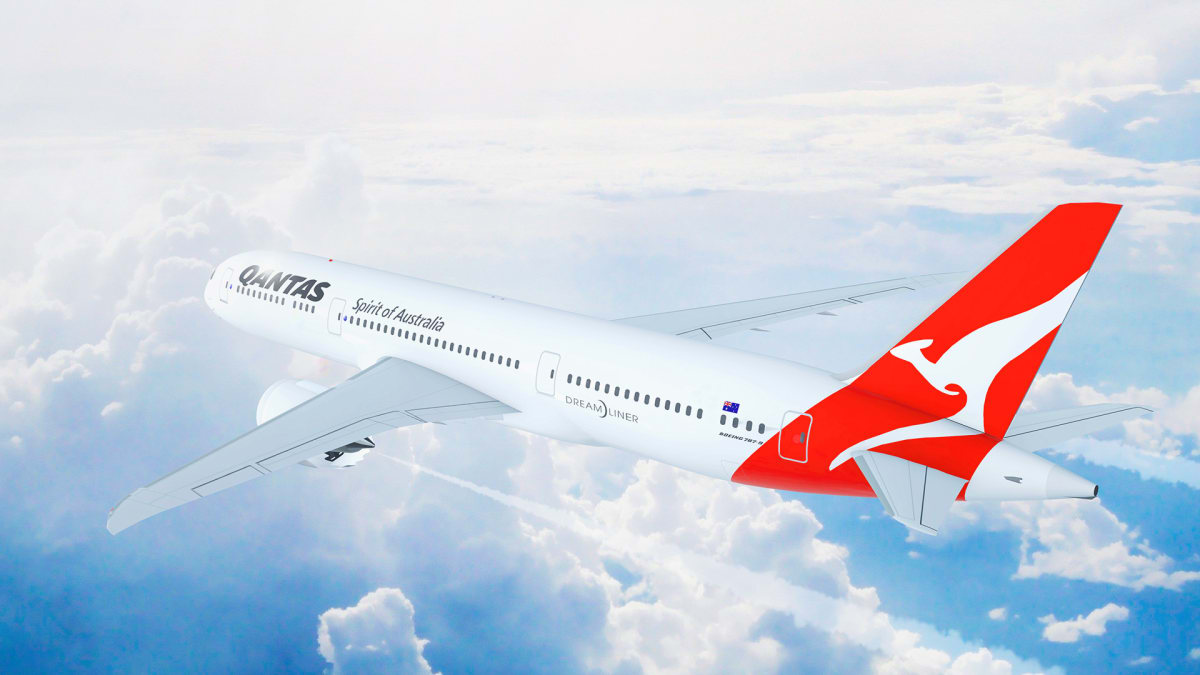
The world is warming.
While an offshoot of that became more visible last week -- when smoke from Canada's wildfires cast an apocalyptic pall over New York City, New Jersey and other northeastern states -- this has been going on for a while.
DON'T MISS: Flights to New York, New Jersey Delayed Due to Widespread Canadian Wildfires
Since 1880, the world has warmed up by an average of .14 degrees Fahrenheit, according to NOAA. That number more than doubled to .32 degrees beginning in 1981. Behind this increase in heat is an increase in the amount of carbon dioxide -- which traps heat -- in the atmosphere. Carbon dioxide in the atmosphere is now 50% higher than it was before the Industrial Revolution, which began in 1760.
Rising sea levels and dramatically changing weather patterns are just one result of these steadily increasing temperatures. Another result, according to new research out of the University of Reading, is worsening turbulence.
Researchers analyzed turbulence patterns between 1979 and 2020 and found that severe turbulence (at a typical point over the North Atlantic) increased by 55% over that timeframe. They also found moderate and light turbulence to have increased by 37% and 17% respectively.
The team, published in Geophysical Research Letters, said that these increases in turbulence are "consistent with the effects of climate change. Warmer air from CO2 emissions is increasing windshear in the jet streams, strengthening clear-air turbulence in the North Atlantic and globally."
Clean air turbulence (CAT) refers to invisible turbulence. Unlike turbulence caused by storms or heavy cloud cover, CAT is difficult to avoid because it is so hard to see.
“Following a decade of research showing that climate change will increase clear-air turbulence in the future, we now have evidence suggesting that the increase has already begun," Professor Paul Williams, a co-author of the study, said in a statement. "We should be investing in improved turbulence forecasting and detection systems, to prevent the rougher air from translating into bumpier flights in the coming decades.”
Sign up for Real Money Pro to learn the ins and outs of the trading floor from Doug Kass’s Daily Diary.







